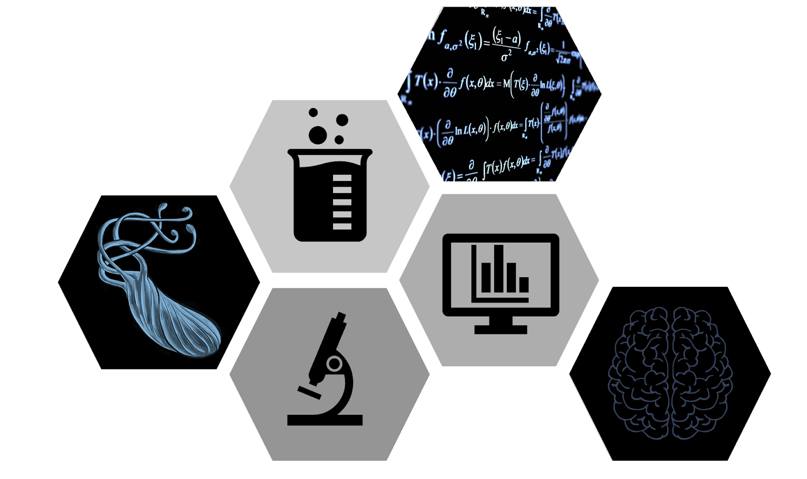The NIMMLab is Leading the Wave of Advanced Computational Immunology

The immune system is highly complex and dynamic, massively interacting system, encompassing hierarchical interactions between cells and molecules leading to emergent behaviors with dimensions ranging from nanometers to meters, and time scales from nanoseconds to years. Studying the human immune system is like trying to work a vast, multidimensional jigsaw puzzle with pieces that are constantly changing shape. Billions of microbes interact with the host, shaping the processes that keep us healthy and protected from disease.
The Nutritional Immunology and Molecular Medicine Laboratory (NIMML) is using an array of high-performance advanced computational technologies and simulations for solving immunology challenges. These revolutionary tools can help predict how to recalibrate back in synch an immune system that has been pushed wildly off course into chronic inflammation. The NIMML pioneers applying advanced modeling approaches to solve the complex puzzle of immunity.
NIMML’s modeling infrastructure enables the study of immunity by simulating signaling pathways, immune responses, cytokine diffusions, cell movements and dynamically and massively interacting components at the immune system at the gut mucosa. The models cover a wide range of spatial scales spanning from molecules to cells, and into synthetic patient populations and clinical cohorts.
Computational modeling at NIMML has revolutionized the study of immune responses under the NIH/NIAID Center for Modeling Immunity to Enteric Pathogens (MIEP), $12 million project that used computational approaches to study mucosal immune responses to infectious disease. Computational models from NIMML have been highlighted as the Model of the Month on the BioModels Database, and were also featured in the Stanford Biomedical Computation Review article “Computing the Gut.” These approaches—from creating data-driven models to experimentally validating model-generated hypotheses—hold enormous potential for developing novel therapies for disease with unmet clinical needs more quickly, efficiently and cost-effectively than current methods. NIMML’s, high-performance computing-driven modeling software, ENISI, enables a real-time glimpse into the inner workings of the immune system and its interaction with commensal or pathogenic bacteria.
Recently, NIMML was awarded a $1.7 million funding from the Defense Threat Reduction Agency, or DTRA, which is collaborating to lead a proactive effort to ensure a fast, effective response to any future bioterrorist attacks. This will aid the development of a system a public health official could use to identify the best treatment strategy for anyone exposed to a biological agent. The project will build on systems previously designed by NIMML to leverage the power of computational modeling to accelerate the development of new therapeutics for infectious diseases and create tailored treatment plans for patients infected by viruses and bacteria.
Related press releases:
Artificial Intelligence Systems for Modeling the Gut
NLRX1 as a new therapeutic target for IBD
NIMML awarded an IDIQ contract from NIAID
Artificial Intelligence, next revolution in Precision Medicine
Watch TEDx: Accelerated Path to Cures
About NIMML
The NIMML Institute is a 501 (c) (3) non-profit public charity foundation focused on a transdisciplinary, team-science approach to precision medicine at the interface of immunology, inflammation, and metabolism. The NIMML Institute team has led numerous large-scale transdisciplinary projects and is dedicated to solving important societal problems by combining the expertise of immunologists, computational biologists, toxicologists, modelers, translational researchers, and molecular biologists. The Institute is headquartered in Blacksburg, VA. For more information, please visit www.nimml.org or contact pio@nimml.org.
